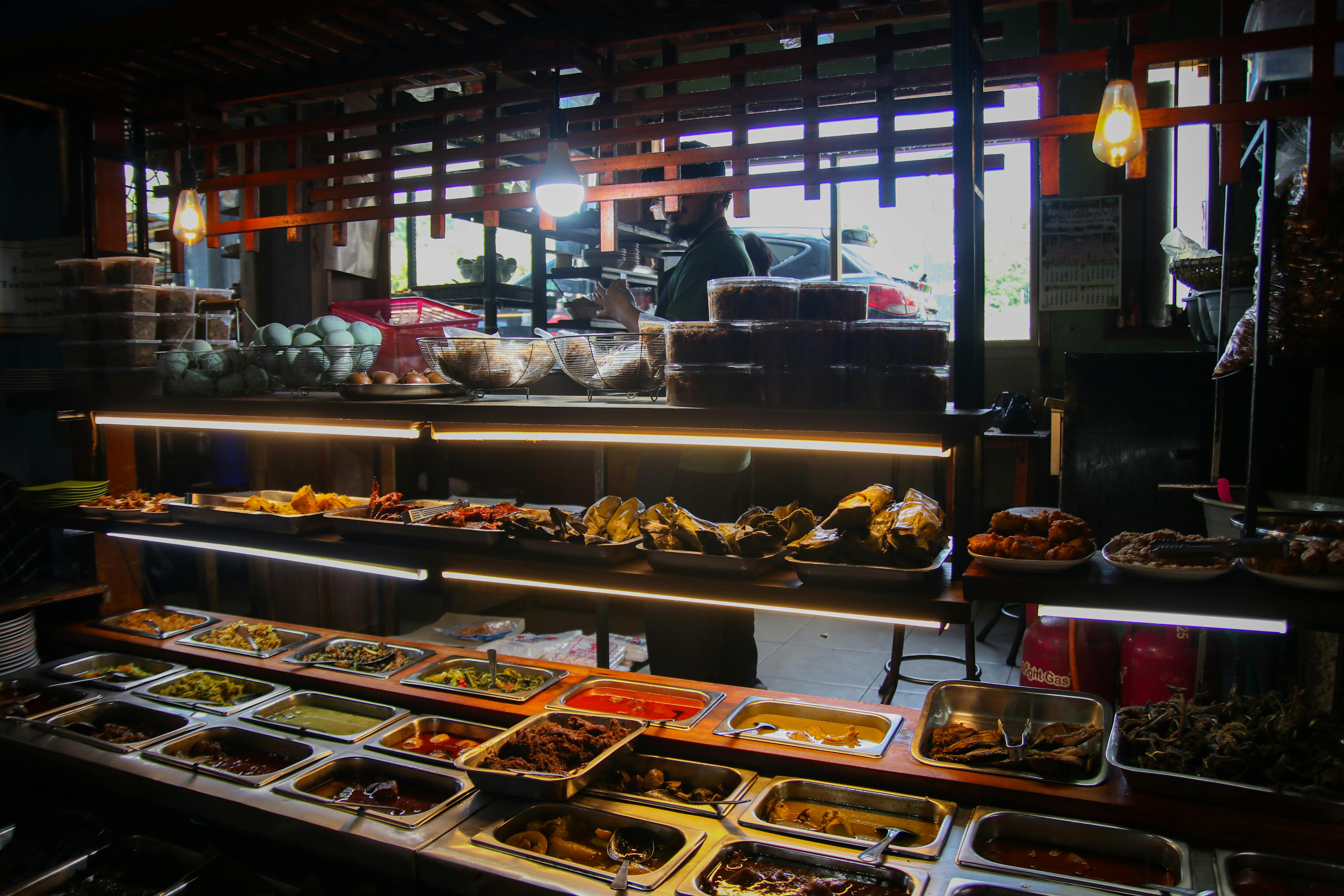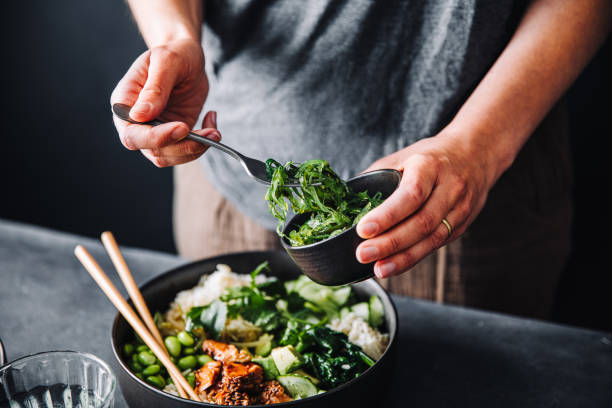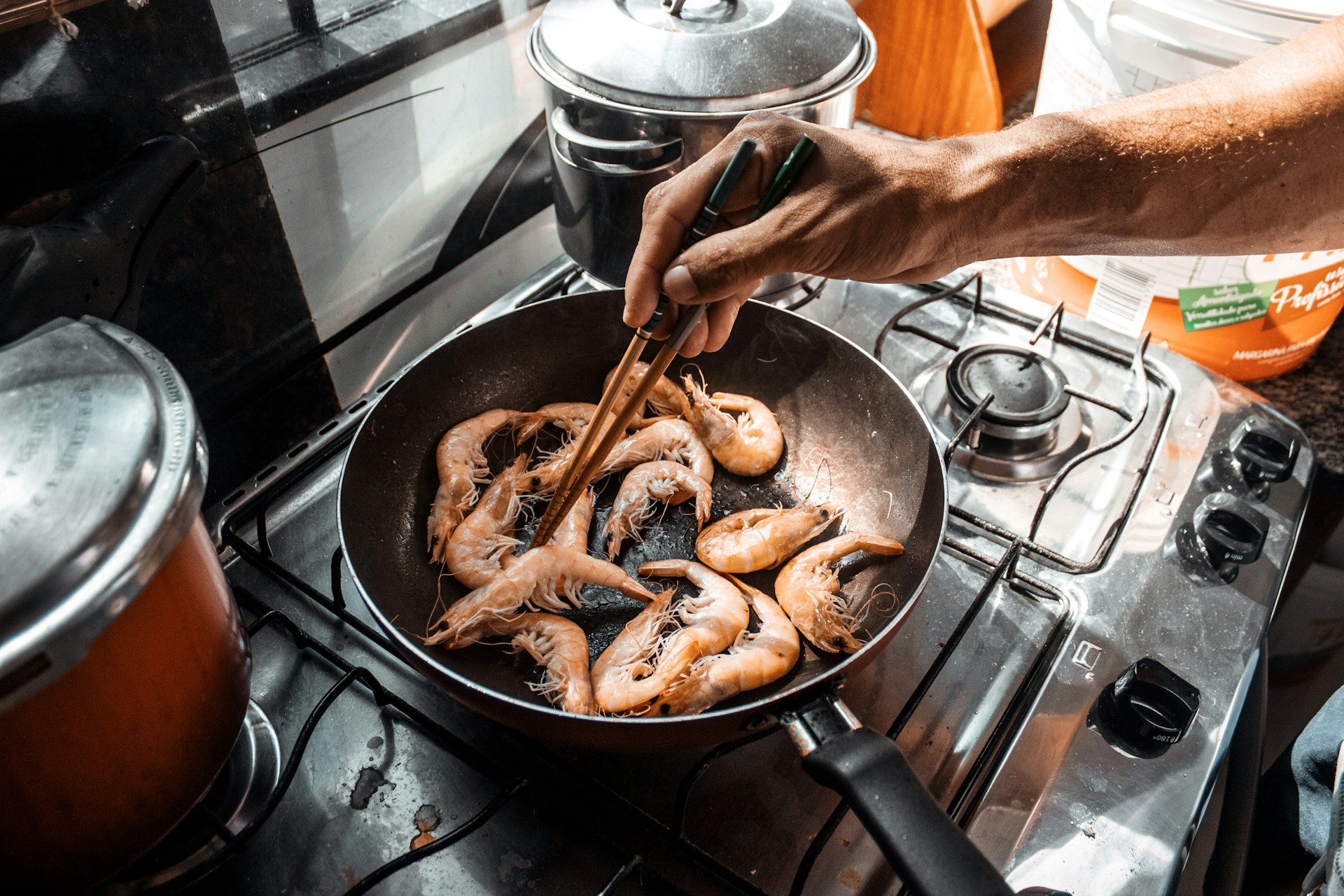From First Bite to Final Verdict: Structuring a Clear Restaurant Review
A clear restaurant review guides readers from tasting to verdict by combining sensory description with contextual evaluation. This article presents a practical framework for critics and writers to assess cuisine, menu choices, presentation, and broader issues such as sustainability and transparency in dining.

A restaurant review should guide the reader through the experience without relying on hyperbole. From the first bite to the final verdict, a critic’s role is to observe, taste, contextualize, and evaluate with clarity and fairness. A structured approach rooted in gastronomy and journalistic practices ensures reviews convey useful information about cuisine, the menu, sensory impressions, and the dining environment while remaining transparent about methods and limitations.
Gastronomy and cuisine: What to note?
When addressing gastronomy and cuisine, situate dishes within their culinary traditions and techniques. Describe ingredient quality, flavor balance, and whether the kitchen shows technical competence or creative reinterpretation. Mention how cuisine aligns with regional or contemporary trends without resorting to vague praise. Context helps readers understand whether a restaurant aims for authenticity, innovation, or a hybrid approach, and it anchors tasting notes to a clear culinary frame rather than personal preference alone.
Menu and tasting: How to approach?
Approach the menu systematically: note variety, seasonality, and coherence across courses. During tasting, sample a representative cross-section of the menu—starters, mains, and desserts or the chef’s tasting if available—to evaluate consistency. Record timing, portion sizes, and how flavors evolve across bites. Use precise sensory language for tasting notes, and distinguish between one-off anomalies and recurring strengths or weaknesses by revisiting dishes when possible for verification.
Palate and sensory: How to describe?
Describing the palate and sensory experience requires specific, evocative language that remains objective. Reference texture, temperature, aromatic profile, acidity, salt balance, and finish. Avoid absolute statements about taste; instead explain how a dish achieves harmony or where it falters. Relate sensory notes to familiar culinary anchors—such as expected herb or spice profiles—so readers can translate descriptions into practical expectations for their own dining choices.
Presentation and dining: What to observe?
Presentation extends beyond plating to include service, ambience, and pacing of the meal. Note visual composition, portion logic, and whether presentation supports the food’s temperature and texture. Observe dining room acoustics, lighting, staff attentiveness, and how these elements affect comfort and overall enjoyment. A full review connects presentation and service to the dining experience rather than treating them as separate, unrelated criteria.
Critique and evaluation: How to structure?
Structure the critique by separating description from evaluation. Begin with factual reporting—menu highlights, standout dishes, and logistics—then move to interpretation: strengths, weaknesses, and consistency. Use subheadings or clear paragraphs so readers can skim for key points. Where applicable, acknowledge limitations of a single visit and indicate if additional visits were made to confirm impressions. Maintain transparency about tasting conditions, guest status, or any potential conflicts of interest.
Sustainability and transparency: What to ask?
Increasingly, readers expect information about sourcing, sustainability, and transparency. Ask whether the restaurant indicates origin of key ingredients, supports ethical sourcing, or minimizes waste. Note menu transparency around allergens and dietary options. Reporting on these topics should be factual—cite visible menu notes or staff statements—so readers can assess how sustainability practices influence cuisine and value without the review drifting into unverified claims.
Conclusion
A clear restaurant review combines detailed sensory reporting with contextual evaluation rooted in gastronomy and journalistic care. By organizing observations about cuisine, menu, presentation, and ethical considerations, critics produce reviews that inform readers and respect the complexity of dining. Consistent structure and transparent methods help readers interpret critiques and decide which restaurants match their preferences and expectations.




